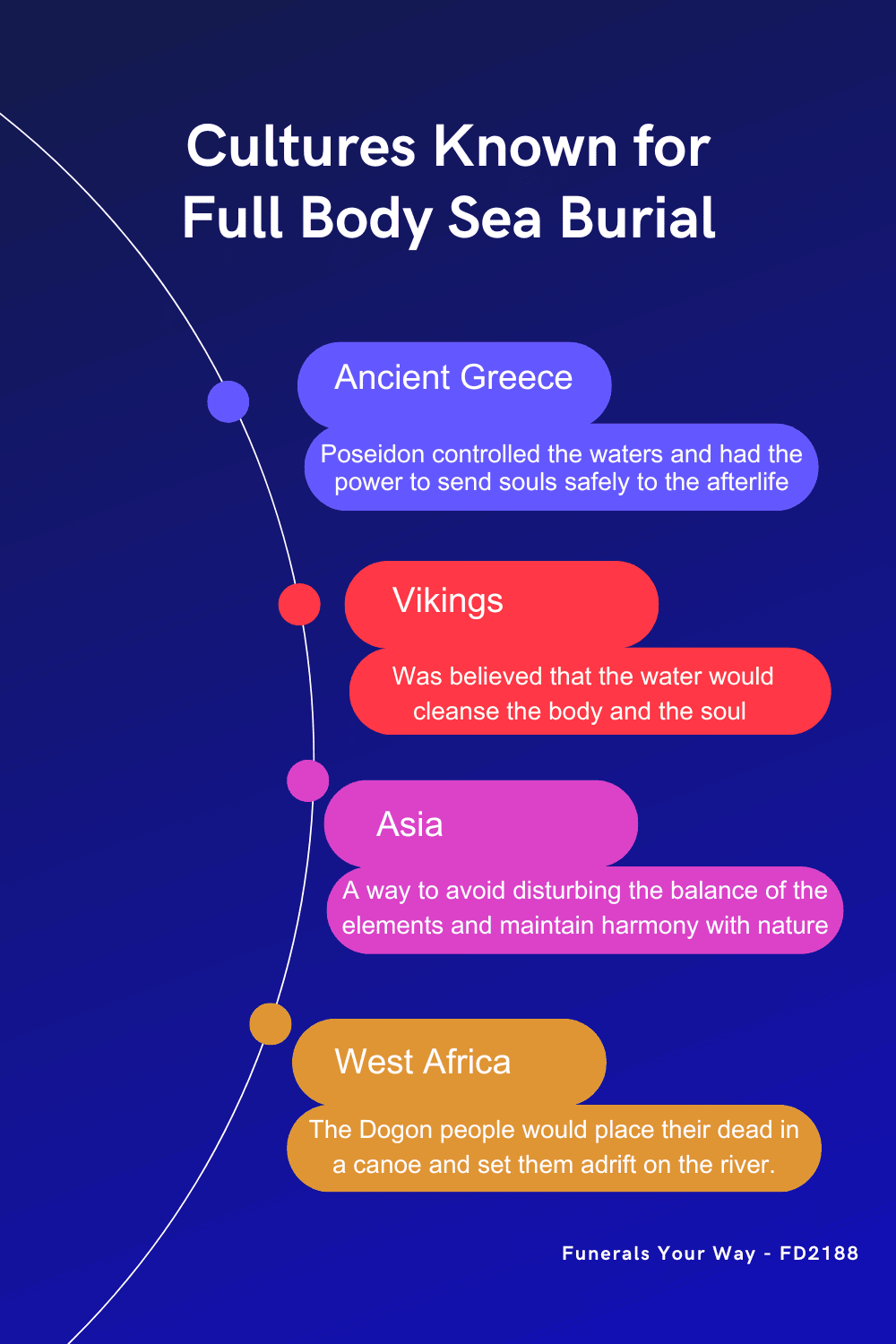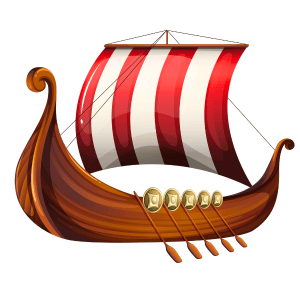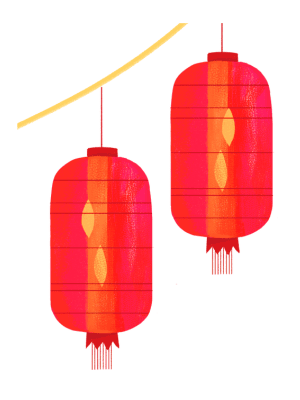Origins & History of Full Body Sea Burial
Full-body Sea burial is a unique and ancient funeral practice. Different cultures worldwide have practiced it for millennia, and it continues to be an option today. This article will explore the history of full-body burial at sea, including its origins, cultural significance, and evolution over time.

Full-body Burial in Greek culture
Full-body burials at sea are a long-standing custom that has roots in many different cultures all across the world. Ancient Greece, where it was thought that the sea god Poseidon ruled the waterways, is where one of the earliest examples of a full body burial at sea was first documented. He had the ability to securely transport souls to the afterlife. As a result, the ancient Greeks practiced sea burial for their deceased, which was carried on during the Roman era.
Full-body Burial in Viking Culture
Honoring warriors who lost their lives in battle has a long and illustrious history in Viking culture. Viking society valued bravery, skill, and honor in their warriors, who were a vital element of society. Being killed in battle was a brave and respectable way to pass away, and those who did so were thought to be headed for Valhalla, a beautiful hall ruled by the god Odin.

According to Viking tradition, the sea was a powerful and unpredictable force that could transport the dead to their afterlife. The ocean also was a symbol of rebirth and renewal. The Vikings believed that the water would cleanse the deceased’s body and soul. For these reasons, full-body burial at sea became a common practice among the Vikings.
Elaborate Ceremonies
The magnificent Viking funerals included a complicated set of rites and traditions. Along with their weapons and personal effects, the dead were loaded into a wooden longship and transported out to sea after being set ablaze. It was believed that destroying the ship would release the dead people’s souls and send them on their path to Valhalla. The vessel was abandoned and allowed float out to sea, where it would eventually sink and become part of the ocean.
Specific Historical Account of one such Sea burial
A number of recorded accounts of Viking marine burials offer some understanding of the custom. The Viking saga contains one of the most well-known stories of the funeral of the Norse chieftain, Hákon the Good. According to the legend, Hákon was killed in combat and his body was transported on a ship with his personal effects and weaponry. The ship was then sent out to sea and set ablaze before sinking. The epic also tells of the extravagant feast that took place after the burial, where Hákon’s admirers drank in honor of him and celebrated his life.
The Vikings were not the only people who performed full-body burials at sea, but it was a fundamental aspect of their culture and religion. To honor their departed loved ones, many individuals still adhere to the Viking custom of full-body burial at sea. The custom of full-body burial at sea continues to be a powerful and significant way to say farewell to those we have lost, even though current laws and environmental concerns may place restrictions on the practice.
Full-body Burial in Asian Culture
In Asia, countries like China and Japan commonly practiced full-body burial at sea. The Chinese believed this method-maintained harmony with nature and avoided disturbing the balance of the elements. They also thought that the sea had the power to purify the soul and wash away impurities, allowing the soul to ascend to heaven. In Japan, full body burial at sea was reserved for the nobility and samurai class, who believed the sea would cleanse and purify the body before it could be reunited with their ancestors.

Full-body burial at sea has been documented throughout history in many different cultural contexts, including numerous Asian societies including China, Korea, and Japan. It is a custom that ensures harmony in the hereafter and pays respect to the deceased.
The notion that water is a purifying element that can cleanse the soul of the deceased and provide a smooth passage to the afterlife is one explanation for the practice of full-body burial at sea in Asia. Water is a suitable medium for a funeral ceremony since it is a symbol of rebirth and rejuvenation in many Asian traditions.
Chinese Traditions
Since ancient times, China has practiced full-body burials at sea, notably among the ruling class and military elite.They had the practice of encasing the body in a coffin or wooden box and allowing it to float aimlessly at sea. The deceased’s soul will then be carried away by the tides and enter the afterlife.
Japanese Traditions
In Japan, full-body burial at sea has been a tradition since the 8th century.” In japaneesee custon, the body of the deceased is placed in a wooden coffin or casket before being loaded onto a ship and cast off into the ocean. In order to make the voyage to the afterlife peaceful and free of obstacles the Japanese then dressed the vessel with flowers and incense.
Korean Traditions
In Korea, similiar to other asian cultures the full-body burial at sea was used as a traditional practice. In this custom, the deceased is placed in a wooden coffin or casket, then set adrift at sea. The deceased’s soul would be carried away by the currents and find its way to the afterlife.
In summary, the practice of full-body burial at sea has traditionally been observed in many In Asian cultures, water can cleanse the deceased’s soul and ensure a peaceful transition to the afterlife. The practice is often associated with the ruling class and military elites, characterized by elaborate burial ceremonies that involve decorated ships and offerings to the deceased.
African Cultures
Full-body burials at sea were also a prevalent practice in various African societies. For instance, the Dogon tribe of West Africa would load their deceased onto a boat and float them down a river. The spirit would be carried by the river to the afterlife, where it would meet up with its ancestors.
The central plateau of Mali, which is located in West Africa, is home to the Dogon ethnic group. Their religion system is extensive and intricate, and they have unique views on the afterlife.
Dogon believed that after passing away, the deceased’s soul journeys to “the land of the dead,” where the deceased will be judged based on their actions during life.
Summary of Full Body Sea Burial
In conclusion, complete body burial at sea has a long and varied history. Its roots can be found in many ancient cultures all over the world. The concept that the sea may cleanse the soul and deliver it safely to the hereafter is a common thread that runs through many of these cultural traditions, even though reasons for full-body burial at sea may vary.
We also have a great article regarding psychological issues related to full-body burial at sea.
We hope you enjoyed this article and now appreciate not only Full Body Sea Burial as well as Ash Scattering at Sea, which is by far more common.

